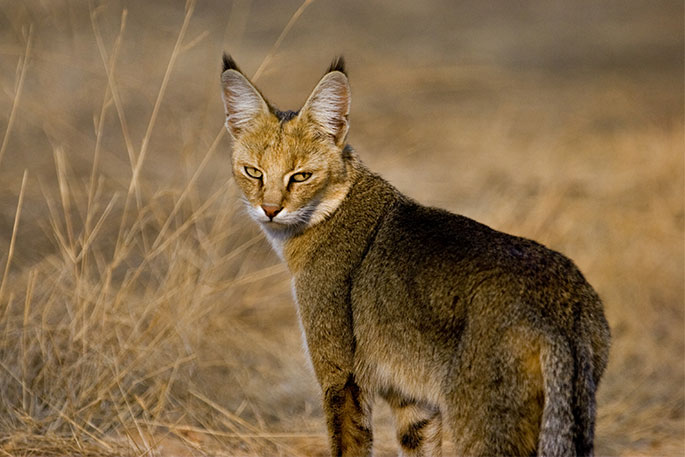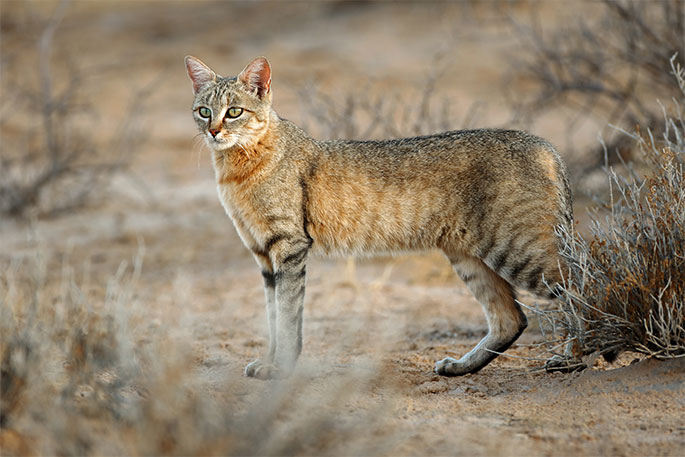Cats in Ancient Egypt

It is well known that the ancient Egyptians loved their cats. They were one of the first civilisations to have considered them as holy.
Their love of cats spread across the globe and, as we see everywhere today, on television, online and in publications, feline admiration is as strong today, as it ever was. Cats were considered sacred and respected animals. These beautiful animals fascinated the Egyptians. They were originally used to ward off snakes and gradually, they started to be worshiped as Gods.
When humans were predominantly hunters, dogs were of great use. Therefore, they were domesticated long before cats. Cats, on the other hand, became more useful to people as we began to settle and become farmers, producing and storing crops. Grain stores attracted mice, so when the first wild cats ventured into town, they became a biological success and humans saw how efficient they were at controlling the abundance of prey in barns, sheds and homes.
The ancient Egyptians also hunted with their cats, which is amazing, given that cats are an animal renowned for their stubborn individualism. Moreover, they loved and respected their cats for also being playful and affectionate companions, as well as highly skilful and intelligent predators.

There were two main breeds of cat native to Ancient Egypt. The jungle cat (Felis chaus) and the African wildcat (Felis silvestris lybica). The latter, having a calmer temperament, so naturally more commonly domesticated than its wilder relative. However, the two species eventually merged creating a new breed. This was closely related to the modern Egyptian Mau. As the cat became more domesticated, further changes in temperament and appearance became apparent. Cats became more colourful (as the need to be virtually camouflaged lessened), their bodies became smaller and less muscular (due to changes in activity and diet). Their brains also became smaller, (as a result of the reduction in necessary survival instincts) and they developed an ever-increasing tolerance for humans.
However, despite these evolutionary changes, the one aspect / feature of a cat that has not evolved over thousands of years, is their digestive tract. They always were, and still remain, obligate carnivores, and need a high protein meat diet, to remain contented, healthy and alert, with shiny coats.
